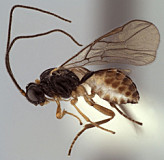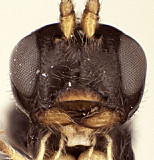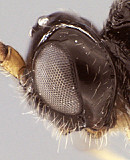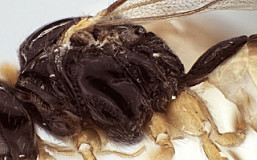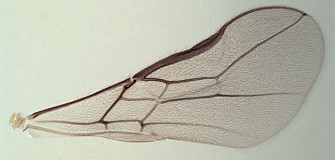This page was assembled by Bob Wharton as part of a revision of the New World
Eurytenes s. s. published by
Walker and Wharton (2011). We are most grateful to the following curators or collection managers and institutions for providing access to material used in this study: David Wahl (
AEI), Paul Dessart (deceased, Institut Royal des Sciences Naturelles de Belgique), Bill Mason (deceased, Canadian National Collection), Jeno Papp (Natural Museum of Natural History, Budapest), Max Fischer and Herbert Zettel (
NHMW), Paul Marsh and Bob Kula (
USNM), and John Sivinski (
USDA/
ARS, Gainesville, Florida). We also thank Matt Yoder (NC State University) for his support with mx and two anonymous reviewers for useful suggestions. This work was funded by the National Science Foundation Partnerships for the Enhancement and Education in Taxonomy (
NSF-
PEET) Grant
DEB 0328922 and associated
REU supplement 1026618. Page last update February, 2013.
This material is based upon work supported by the National Science Foundation under Grant Number DEB 0328922 and associated REU supplement 1026618.
Any opinions, findings, and conclusions or recommendations expressed in this material are those of the author(s) and do not necessarily reflect the views of the National Science Foundation.

